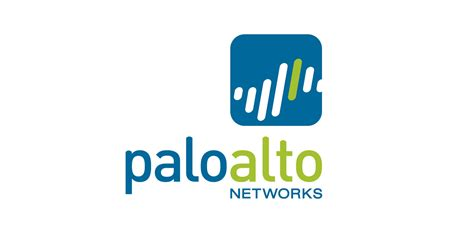Next Generation Firewalls
We customize our approach to meet your needs, whether you need a holistic solution, or help focusing on priority security areas. We help you develop strategies and roadmaps aligned to your business, design and build next-generation enterprise security architecture, and develop and run incident response plans.
Our consulting services take you along the digital transformation journey. We take you through the different stages of security and compliance, which involves a detailed and documented approach. Building a complete roadmap around security, going past the technology aspects and into the people, behaviors, culture, and processes which builds a complete picture of requirements. Our consulting services save time, effort and money by focusing on processes and technologies that address your business needs.





